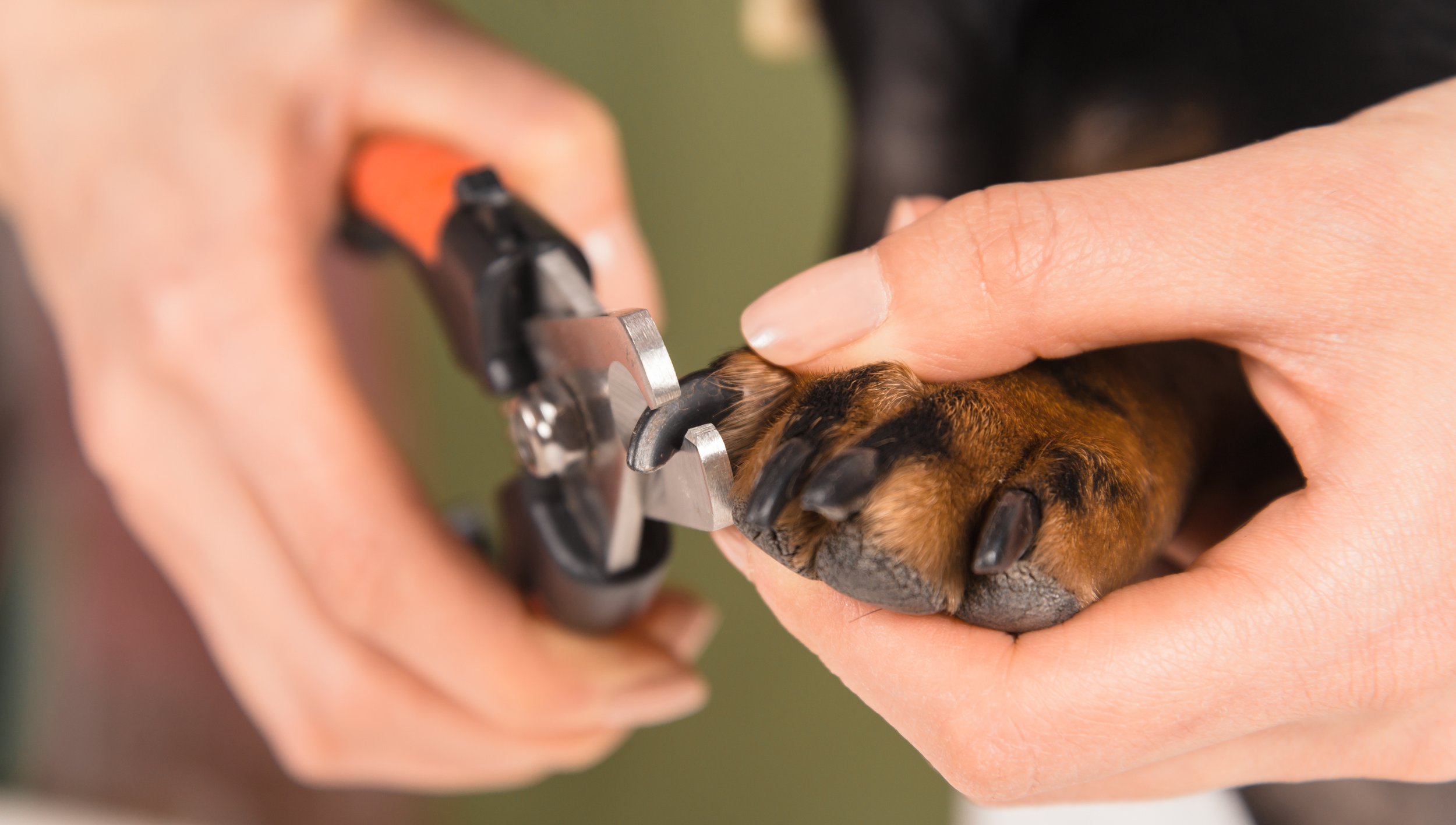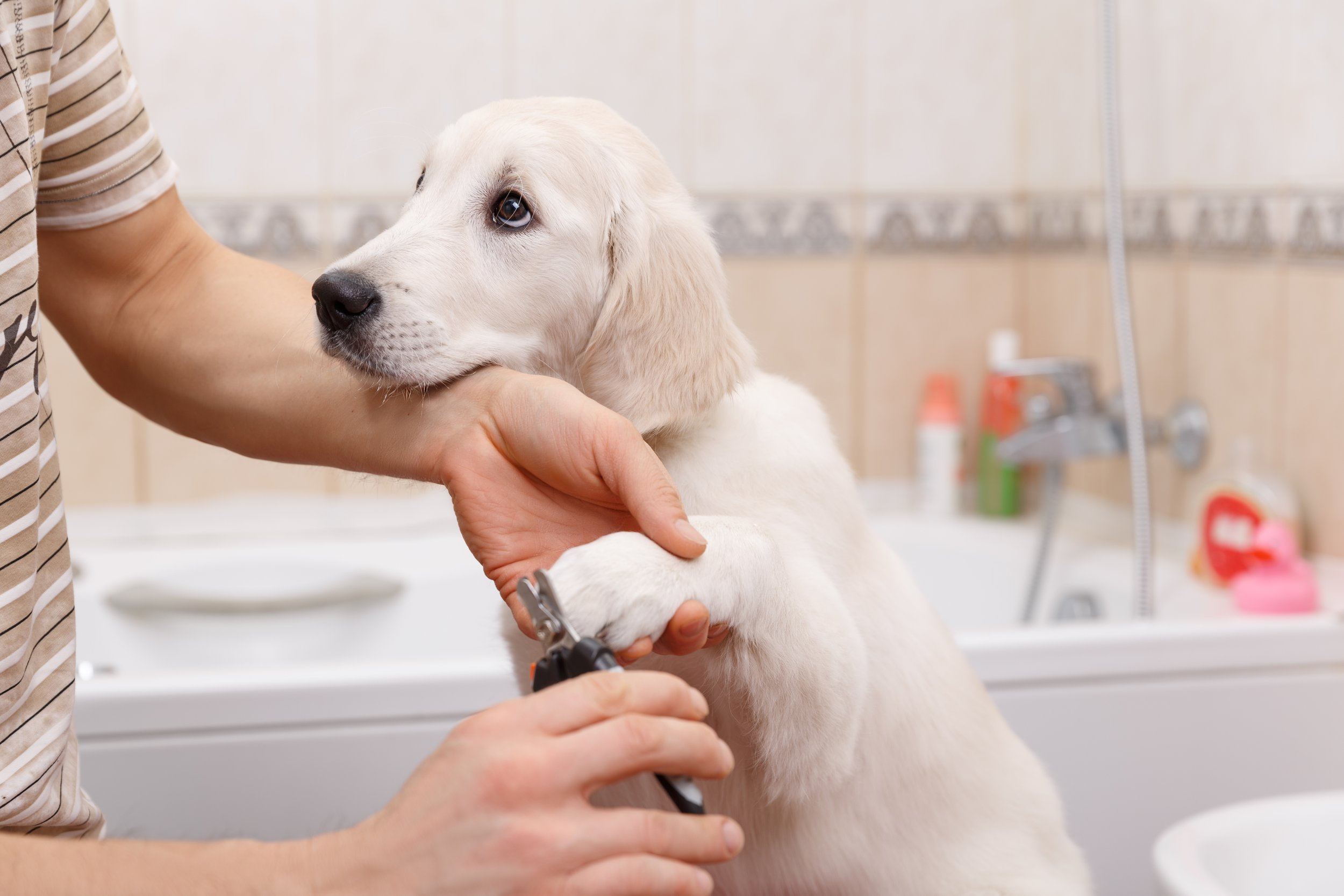Dog Nail Problems You Should Know About

Canines are known to be very sensitive to pain. They are also very active animals and have a habit of biting and scratching themselves, which can lead to several disabilities. One of the most common disabilities is dog nail disorder, which is a condition in which the nails become excessively long and weak. This can lead to problems with walking, climbing, and staying anchored to surfaces.
Dogs' nails are composed of keratin, a type of protein that is found in human hair, skin, and nail tissue. The nails grow continuously throughout your dog's lifespan and can be filed down to indicate obedience or comfort level. A pup’s nail is divided into three parts: the coffin bone (the thickest part), the matrix (the middle section that gives it strength), and the quick or webbing area where blood vessels and nerves run close to the surface.
Nobody likes the idea of their pet getting nail problems. It's not something that owners ever want to experience. However, it's a good idea to be aware of these issues. This article will look at the different symptoms and causes of nail disorders and how you can treat these unhealthy dog nails.
Symptoms of Dog Nail Disorders
There are a lot of different nail disorders that can occur in dogs.
Redness or swelling around the nail (onychodermal) can be a sign of a broken dog nail
Difficulty walking or climbing because nails become too long and weak
Lameness from patellar luxation (jumping off furniture/perches with a dangling leg)
Chronic inflammation of the nail matrix (or coffin bone)
Thickening and coarsening (enlargement) of the nails.
Yellow discoloration of the nail roots due to fungal overgrowth
White patches on the nail bed (onycholysis), which may be a sign of dog nail infection
Dog nail bleeding
Bruises near the base of the nails which may point toward injured tendons, ligaments, or bones.
Degeneration of the nail bed, leading to splitting and separation of the nails
Fragile or brittle nails that easily break or shatter
Causes of Nail Disorders
Anatomical abnormalities - This is the most common cause of nail disorders in dogs. Structural defects of the nail bed, such as patellar luxation or hip dysplasia, may develop brittle dog nails that are weak or easy to break.
Environmental factors - Many dog breeds are particularly prone to developing nail disorders associated with harsh environments, such as salt water and sand bathing habits.
Genetic predisposition - Certain genetic mutations can lead to issues with nail growth and development.
Injuries - Nail injuries can cause nail bed inflammation, which in turn can lead to other disorders.
Neuropathy - This is a disorder of the nerves that supply the nails and extremities with blood-supplying tissues and nerve cells. It's typically caused by medications or serious health conditions such as diabetes, Parkinson's disease, or multiple sclerosis.
Diseases - Certain diseases such as distemper, bloat trauma, ringworm, and systemic lupus erythematosus can cause dog nail bed infection.
Disorders of the keratinocytes - These cells make up the nails and are responsible for their structure and color. Problems with these cells may result in dog cracked nails.
Metabolic diseases - Diabetes mellitus, obesity, liver disease (hepatitis), thyroid disorders (hyperthyroidism), and renal failure can all lead to nail disorders.
Bacterial Infection - This is a very ordinary cause of nail complications in canines. During acute infection, the nails may become red, swollen, painful, and infected with pus or other organisms. In some cases, as the infection progresses it may result in a broken dog toe.
Fungal Infection - The fungus Sarcoptic mange can infect nails and other tissues, causing them to soften, grow abnormally long, or become spongy.
Nail Trauma - This includes many different events that can damage nails: from falls and trips to sledding to car accidents and fights with other dogs.
Diagnosing Dog Nail Disorders
To diagnose nail disorders in dogs, start by performing a physical examination and conducting a series of diagnostic tests. These tests may include a complete blood count (CBC), biochemistry panel, urinalysis, and orthopedic evaluation. Additional tests that may be used to evaluate the severity of nail problems include an x-ray of the skeletal system and histopathology examinations of tissues from nails or claws.
Treatment for Paw and Nail Problems in Dogs
Once you have made a diagnosis of nail disorder, the treatment will depend on the specific cause. Cure for bacterial infections may include antibiotics and pain relief medications. Fungal infections may require antifungals and/or moisturizing treatments to relieve skin discomfort. Trauma or fragility of nails may require surgery or other therapies to reinforce weakened nails.
Prevention of Nail and Nail Bed Disorders in Dogs
Here are some possible prevention of nail and nail bed disorders in dogs:
Nail Trimming
Dogs' nails can be a real nuisance, which can cause many health problems for your furry friend. If left untreated, this can lead to broken dew claw, paw infections, lameness, and even surgery. To correct this issue and prevent any of these problems, it is vital to have your pup's nails trimmed regularly and filed to the correct length. You can also use a dog nail grinder to help keep nails short and smooth.
Wearing the appropriate shoes
Ideally, the dog's shoes should fit snugly and not be too tight or too loose. Shoes that pinch or cut into feet may lead to pain and overuse of toes, which can contribute to nail disorders.
Regular deworming
If your dog has soil or sand under their nails (indicating they have been digging), a regular deworming routine can help prevent problems with overly long nails.
Conclusion
Having a dog as your pet can be a lot of responsibility. You have to make sure that you take good care of it, as well as your dog is comfortable and at a healthy weight. There are a lot of different nail disorders that can occur in pooches. If you are not aware of them then it can cause problems for the pup in the long run.
It is essential to pay attention to your dog's nails. If you notice any changes it is best to see a veterinarian as soon as possible so that you can get a diagnosis and treatment for paw and nail problems in dogs.


